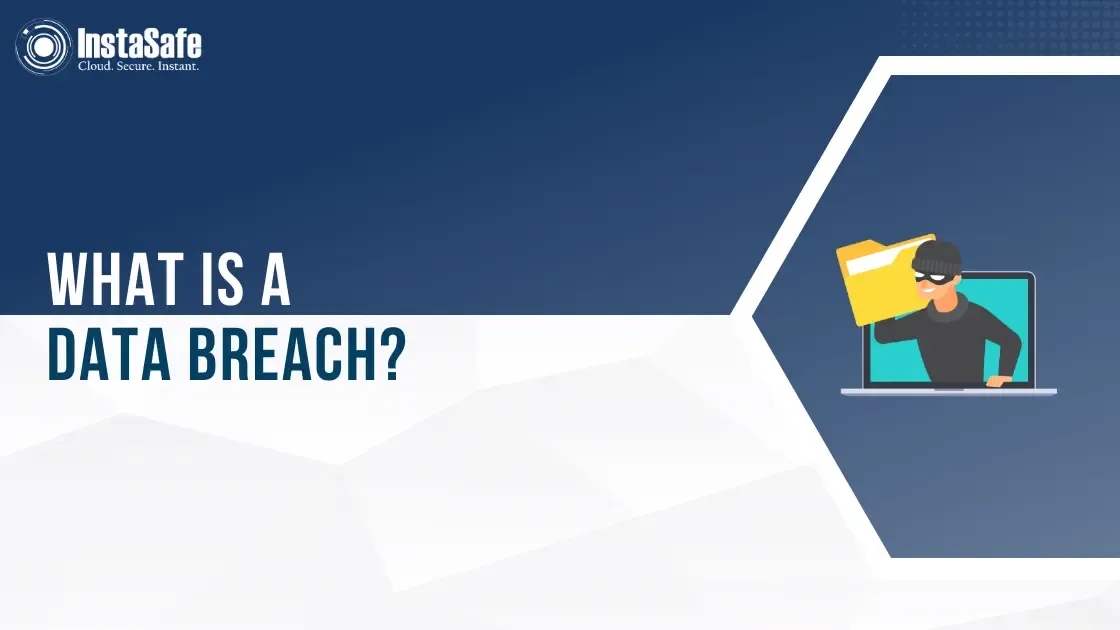What is a Data Breach?

As technology has evolved and come more integrated into our diurnal lives, so has the need to cover sensitive information. still, despite stylish sweats, data breaches have come a common circumstance in the ultramodern world. In this blog, we will define what a data breach is, bandy the causes and consequences of a data breach, and give tips on how to help one from being.
Understanding Data Breaches: What They Are and How to Protect Yourself
A data breach occurs when a cybercriminal earnings unauthorized access to sensitive or nonpublic information. This can be done in a variety of ways, including through hacking, malware attacks, phishing swindles, or physical theft of bias containing sensitive information.
Once the cybercriminal has gained access to the information, they may use it for their own financial gain, identity theft, or to vend the information on the dark web. Common Causes of Data Breaches There are numerous ways in which a data breach can do. They are some of the most common causes of data breaches
Phishing swindles: Cybercriminals may shoot a dispatch that appears to be from a licit source, similar to a bank or a social media platform, asking the user to give their login credentials or other sensitive information.
Weak passwords: that are easy to guess or have been reused on multiple accounts make it easy for cybercriminals to gain access to sensitive information.
Malware: Malware is software that's designed to harm a computer system or steal information. This can be downloaded onto a device through a vicious website, dispatch attachment, or indeed a USB drive.
Human error: occasionally, data breaches can do due to simple miscalculations made by workers, similar to accidentally transferring a dispatch with sensitive information to the wrong person.
Consequences of a Data Breach: The consequences of a data breach can be severe, both for individuals and businesses. These are some of the most common consequences of a data breach
Identity theft: If a cybercriminal earnings access to sensitive information similar to social security figures, they may use this information to commit identity theft.
fiscal loss Cybercriminals may use stolen credit card figures to make fraudulent purchases or drain bank accounts.
Character damage Businesses that witness a data breach may suffer damage to their character, as guests may lose trust in the business's capability to cover their information.
Legal impacts Depending on the nature of the data breach, businesses may face legal impacts, similar to forfeitures or suits.
Precluding a Data Breach
While it's insolvable to fully exclude the threat of a data breach, there are ways that individuals and businesses can take to reduce the threat. Then are some tips for precluding a data breach.
Use strong watchwords: Use unique watchwords for each account and insure they're complex enough to repel brute-force attacks.
Use two-factor authentication: Enable two-factor authentication where available to add a redundant subcaste of security to accounts.
Keep software up to date: to insure that all biases and software are streamlined regularly to fix security vulnerabilities.
Train workers Educate workers about the pitfalls of data breaches and give training on stylish practices for guarding sensitive information.
Use encryption to cover sensitive information, both when it's in conveyance and when it's stored.
Conclusion:
In conclusion, data breaches are serious trouble that can have severe consequences for individuals and businesses. By understanding the causes and consequences of data breaches and taking ways to help them, individuals and businesses can reduce the threat of sensitive information falling into the wrong hands. Whether it's through strong watchwords, two-factor authentication, or hand training, taking a way to cover sensitive information is essential in the digital age.
Key Products
MFA | I&AM | ZTNA | Zero Trust Application Access | Secure Enterprise Browser
Key Features
Single Sign On | Endpoint Security | Device Binding | Domain Joining | Always On VPN | Contextual Based Access | Clientless Remote Access | Device Posture Check
Key Solutions
VPN Alternatives | DevOps Security | Cloud Application Security | Secure Remote Access | VoIP Security
